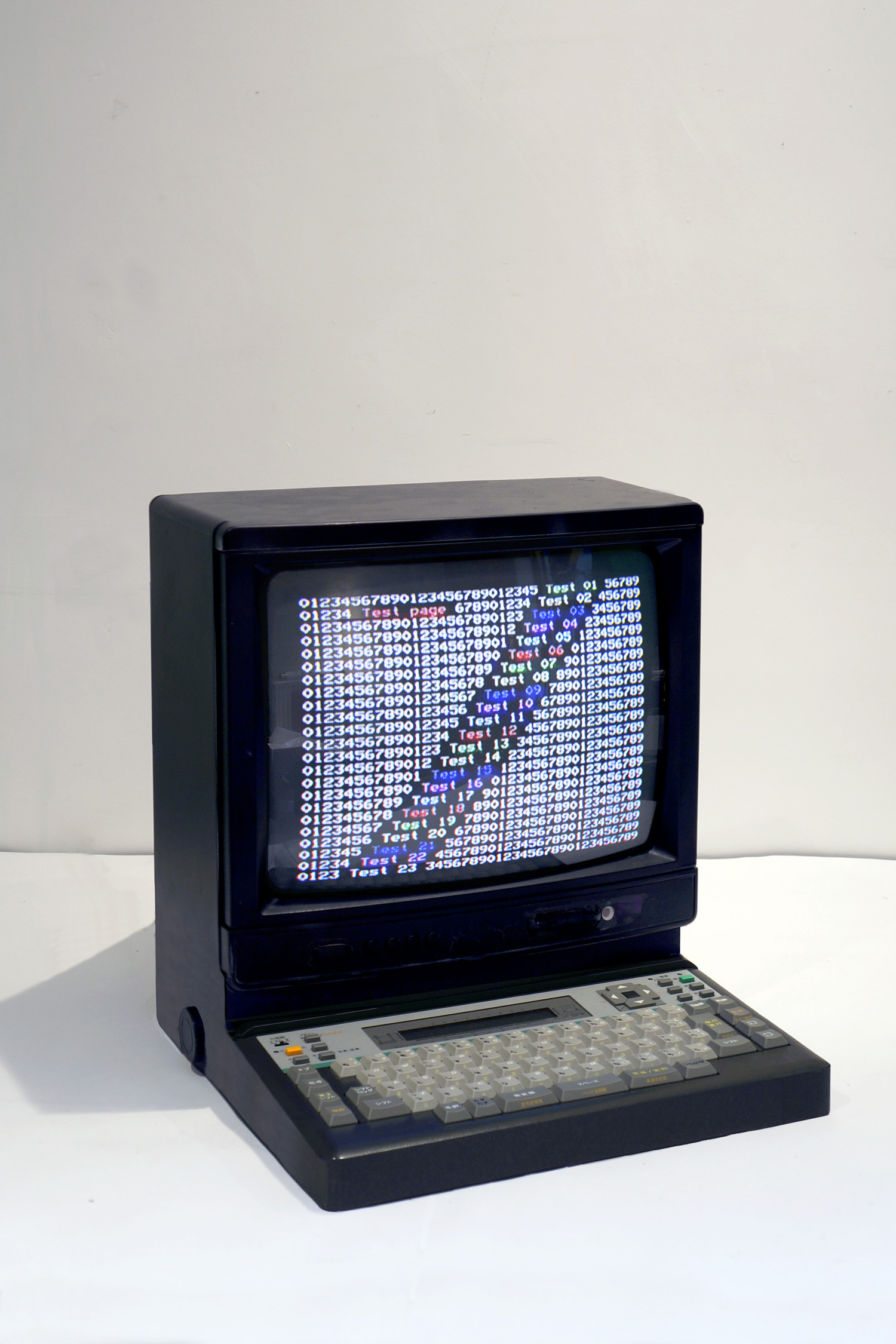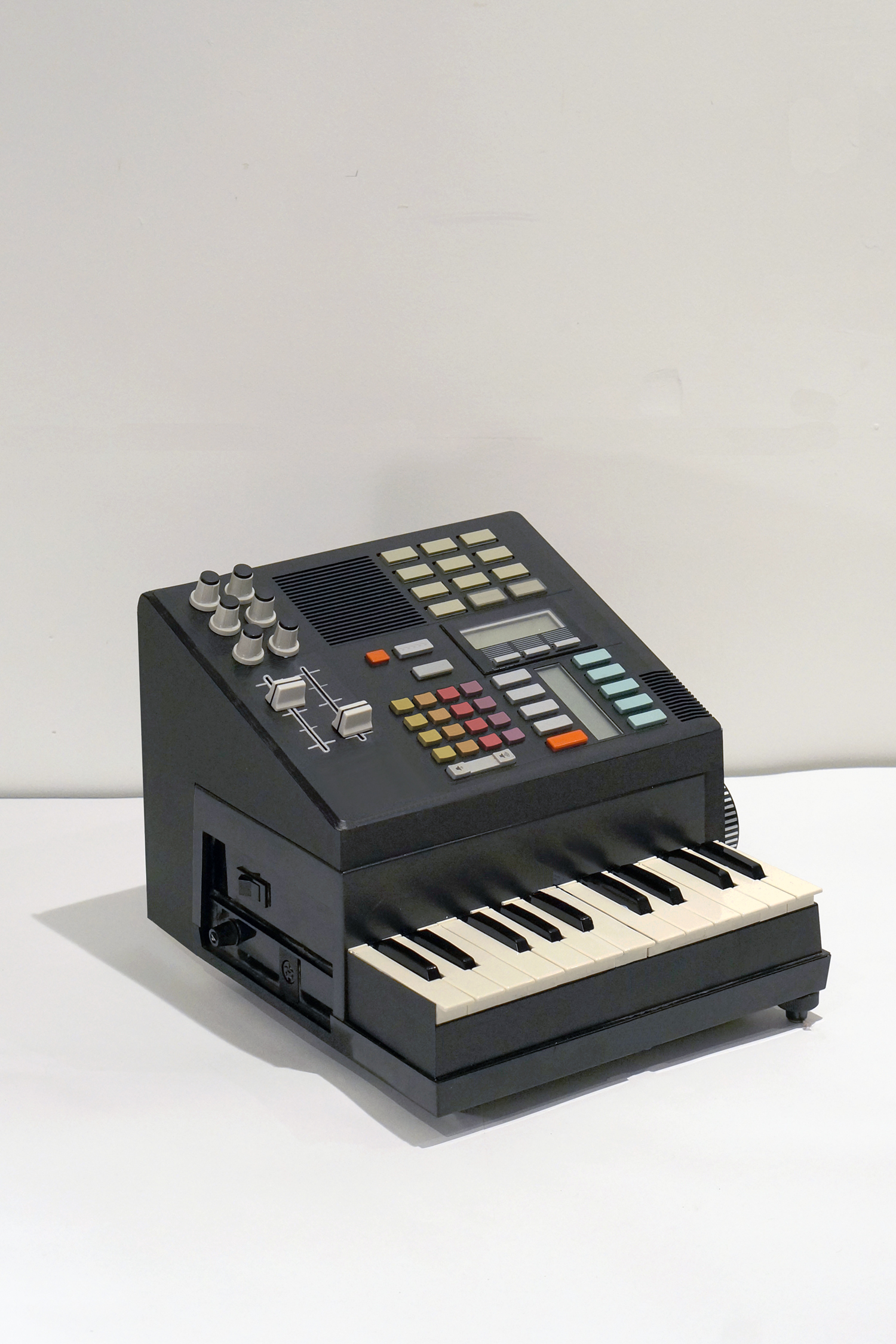🖥️ NOT VIEWABLE ON DESKTOP OR LAPTOP 💻
Palm is a digital exhibition platform for mobile-only exhibitions.
🌴✋ This page is only viewable from your mobile device 🌴✋
Tom Milnes
Ex-Machines
Ex-Machines began in a pre-user-generated-AI era.
However, since 2011, these works have been created in ways that bare similarities to the working processes and uses of AI projects such as DALL-E. The works aim to bring a sense of both futuristic speculation and nostalgia through a reimaging (or possibly reimagining) of technology in photography. To understand this in context, it best to start with how they are made - perhaps surpisingly it starts with non-digital processes...
The works stemmed from collections of machines I'd accumulated over the past 15 years - finds at charity shops, spontaneous eBay purchases, car-boot discoveries. Largely these were the left-over plastic housing detritus from circuit bending or hack projects.
Parts of computers, white goods, broken electronics, housing from VCR’s. I started to put objects together - often they would fit together serendipitously due to standardised measurements.
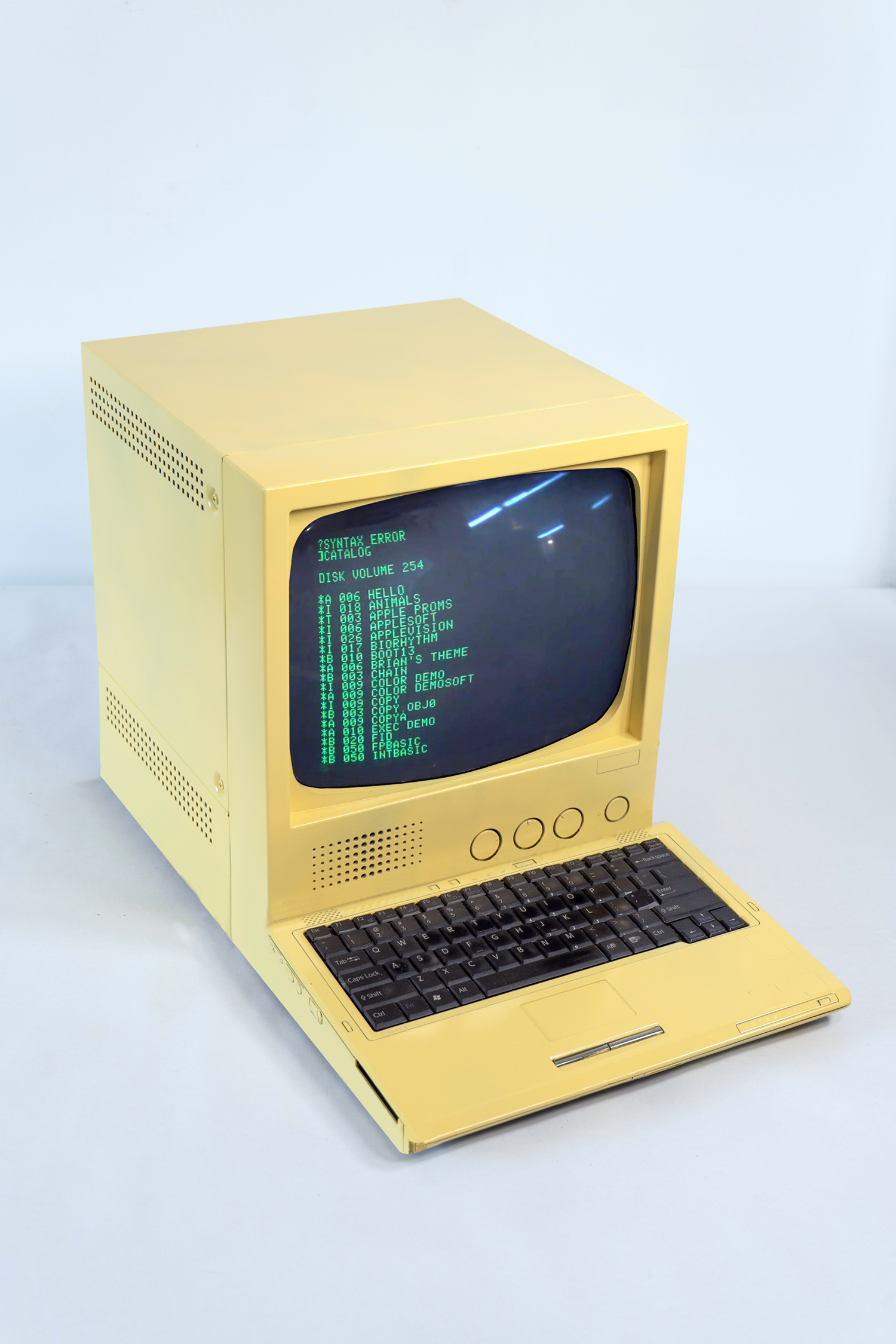
The objects would then be patched up with bits of paper, spray painted, poly-filled, and fabricated details added.
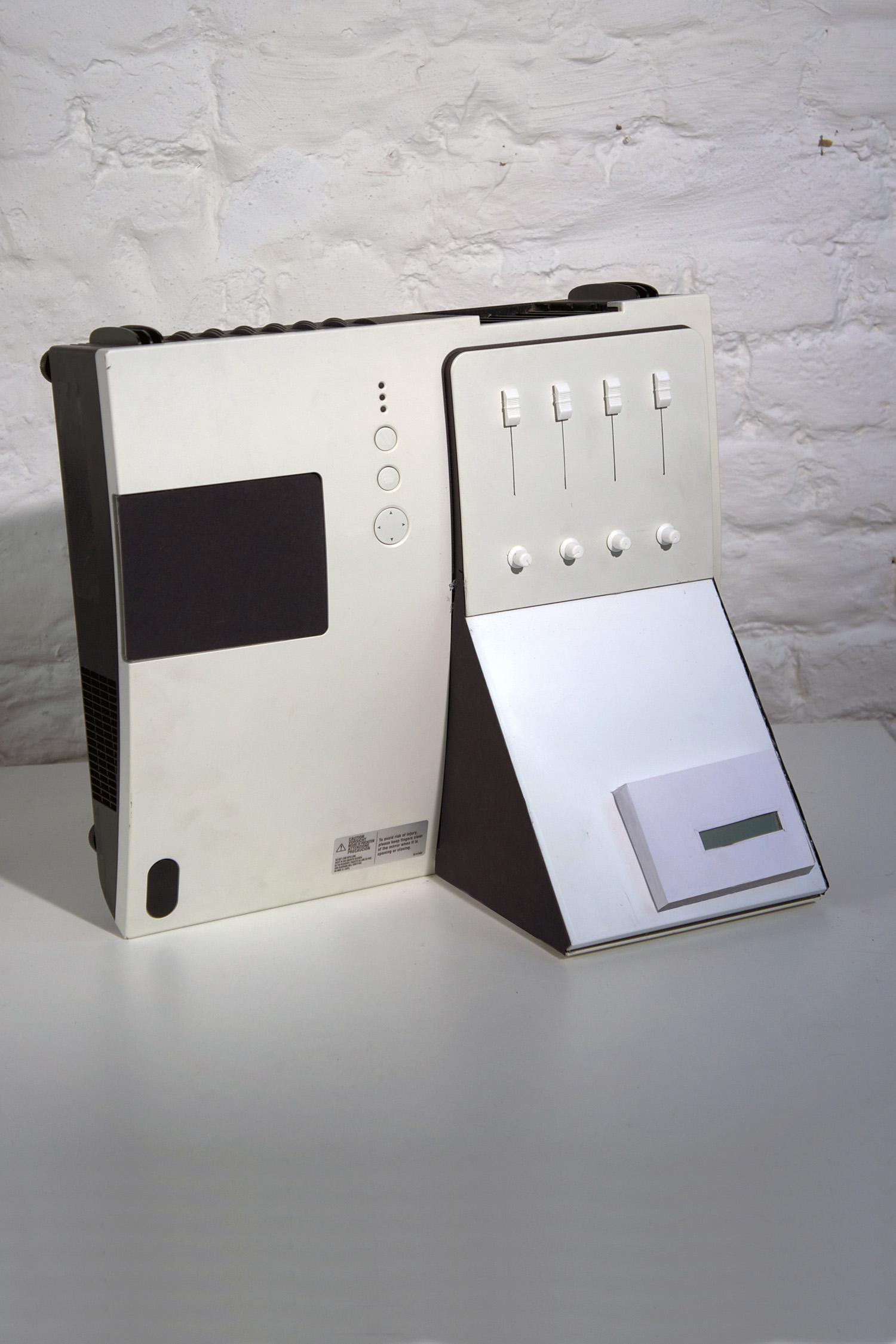
.
The works would always be just a facade. A superficial exterior that is only an illusion of an object from a certain angle. The machines would start to take an uncanny resemblance of lost technologies of a defunct state. A nostalgia for a past not existed.
However, the Ex-Machines would only exist as the hyperreal images you see here. After the sculpting process, the works are photographed and Photoshopped.
The images therefore are not unlike the AI generated images. Datasets draw upon huge amounts of imagery of machines. The Ex-Machine images too are a collage of physical objects and then cloned imagery.
Ex-Machines become a human, manual form of DALL-E. An labour intensive, creative endevour that draws upon the wealth of imagery we accumulate and appropriate. They become a future disruptive craft of AI - one that will inevitable make it's way into datasets and potentially cause a blurriness of their analytical lenses.
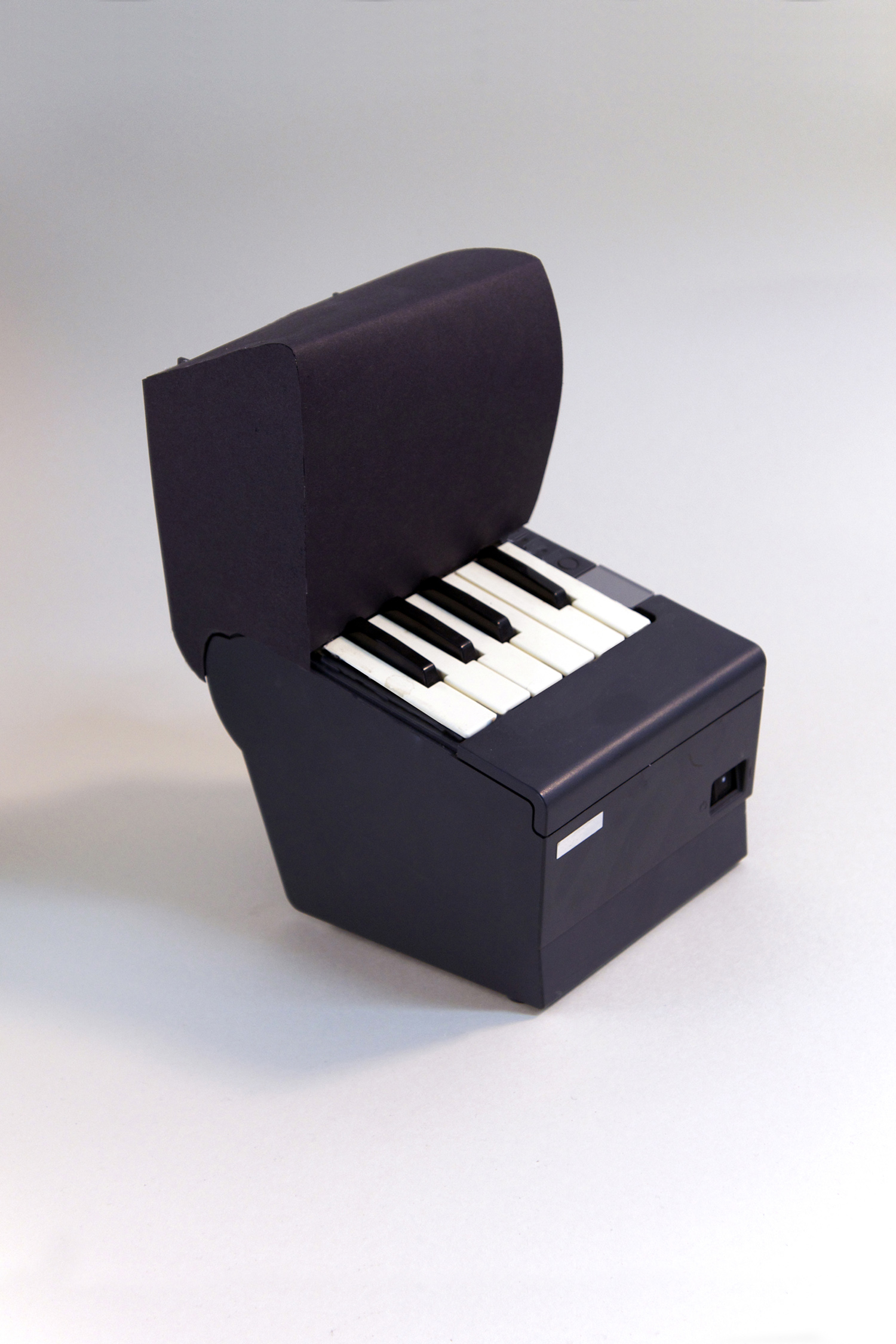
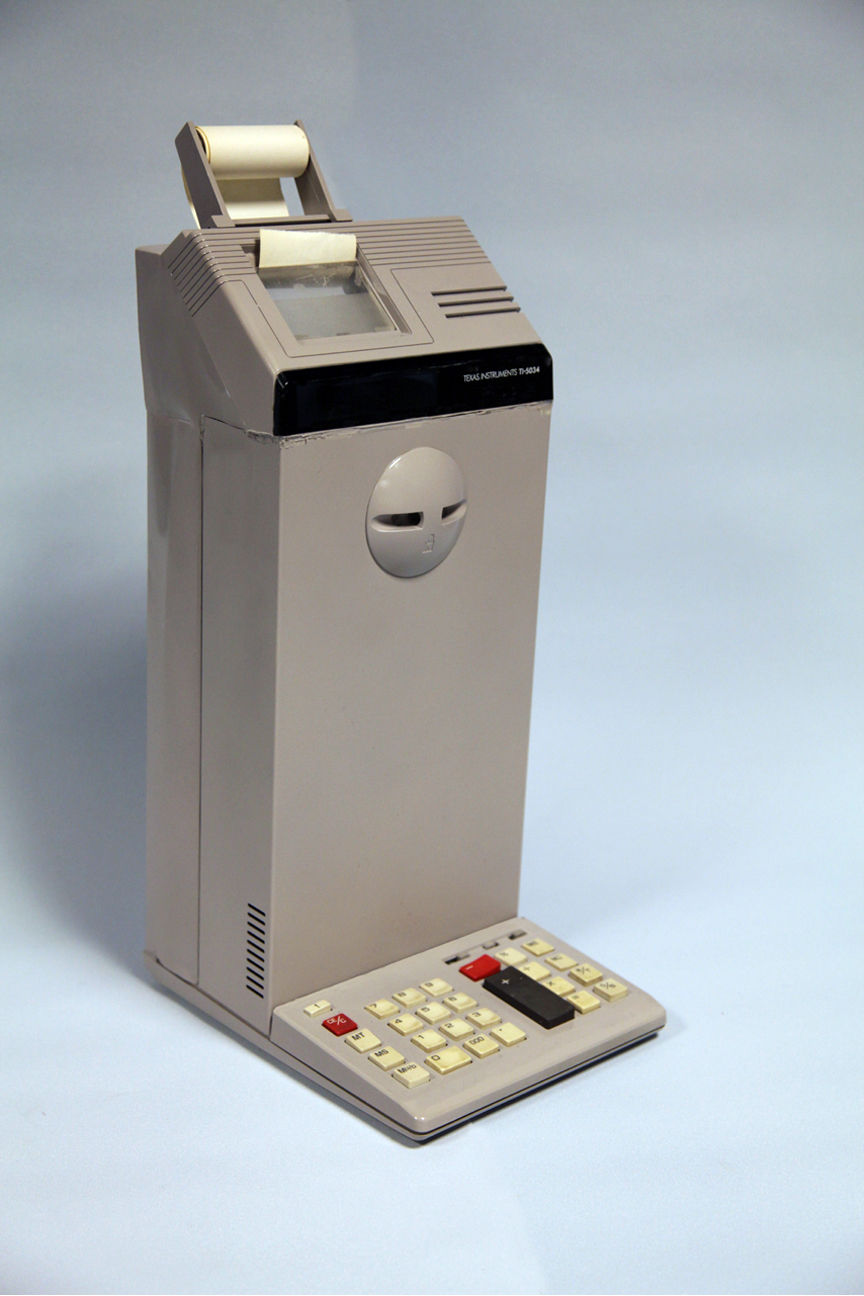
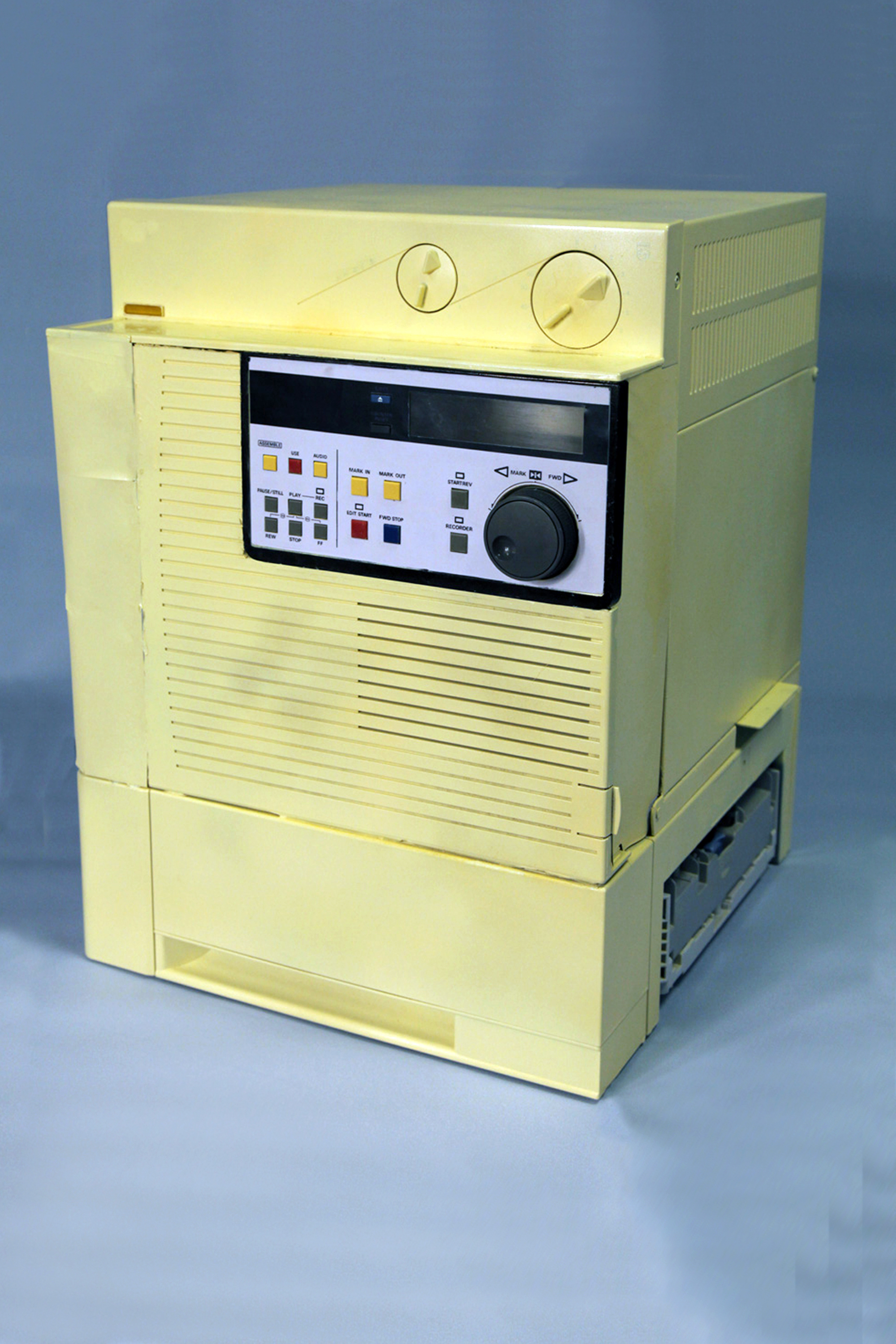
.
.
